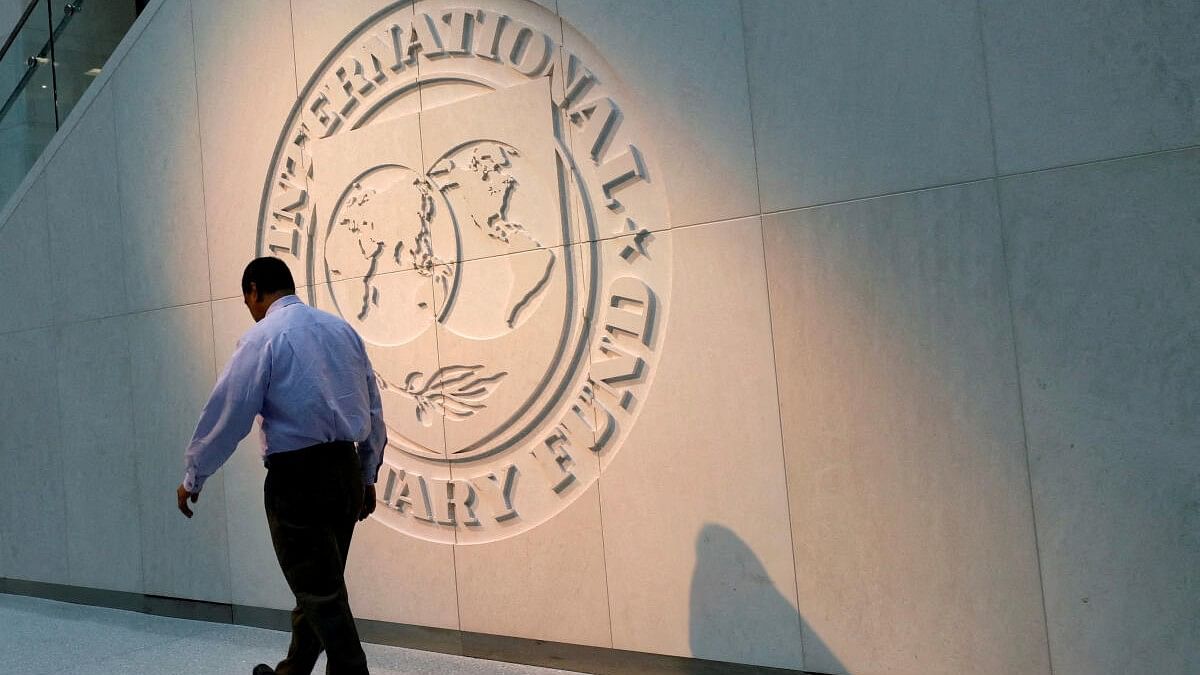
The logo of the International Monetary Fund (IMF) seen at its headquarters in Washington.
Credit: Reuters File Photo
Bengaluru: The International Monetary Fund, on Tuesday, upgraded its economic growth forecast India to 6.8 percent from 6.5 percent for the current financial year (FY25), citing robustness in domestic demand and a rising working age population.
In its latest World Economic Outlook report, the IMF also increased its India gross domestic product (GDP) growth forecast for the last financial year (FY24) to 7.8 percent, higher than the central government’s own estimates of 7.6 percent and at par with projections by others including Fitch and Barclays.
“Growth in India is projected to remain strong at 6.8 percent in 2024 and 6.5 percent in 2025, with the robustness reflecting continuing strength in domestic demand and a rising working-age population,” the multilateral development bank said in the report.
For the world economy, the IMF raised its FY25 forecast to 3.2 percent from 3.1 percent, and for the United States to 2.7 percent from 2.1 percent. The IMF stated that the growth in employment and incomes has held steady in spite of inflationary pressures.
However, the pace of global growth expansion will remain historically low due to increasing geo-economic fragmentation, and tightening of spending by governments, it said.
“As inflation converges toward target levels and central banks pivot toward policy easing, a tightening of fiscal policies aimed at curbing high government debt levels, with higher taxes and lower government spending, is expected to weigh on growth,” the report stated.
The IMF said that most economies have weathered the high interest rate environment better than expected.
“The United States and several large emerging market and middle-income economies displayed the greatest overperformance, with aggregate demand supported by stronger-than-expected private consumption amid still-tight, though easing, labor markets.”
It said that households in advanced economies supported their spending by drawing down accumulated pandemic-era savings while larger-than-expected government spending further supported the expansion of aggregate demand in most regions.
“With inflation moving toward targets, market expectations that policy rates will decline have generally contributed to a decline in long-term borrowing rates, rising equity markets, and an easing in overall global financial conditions since last October,” the report said.